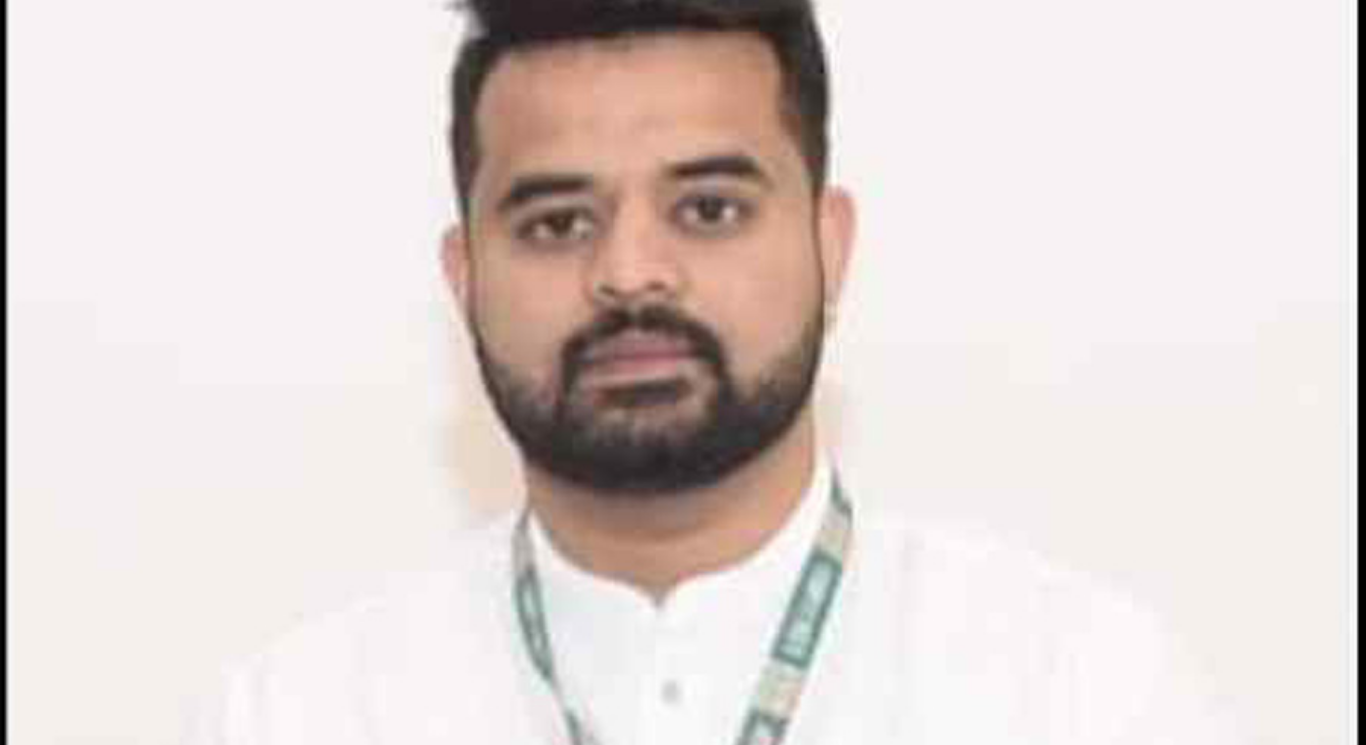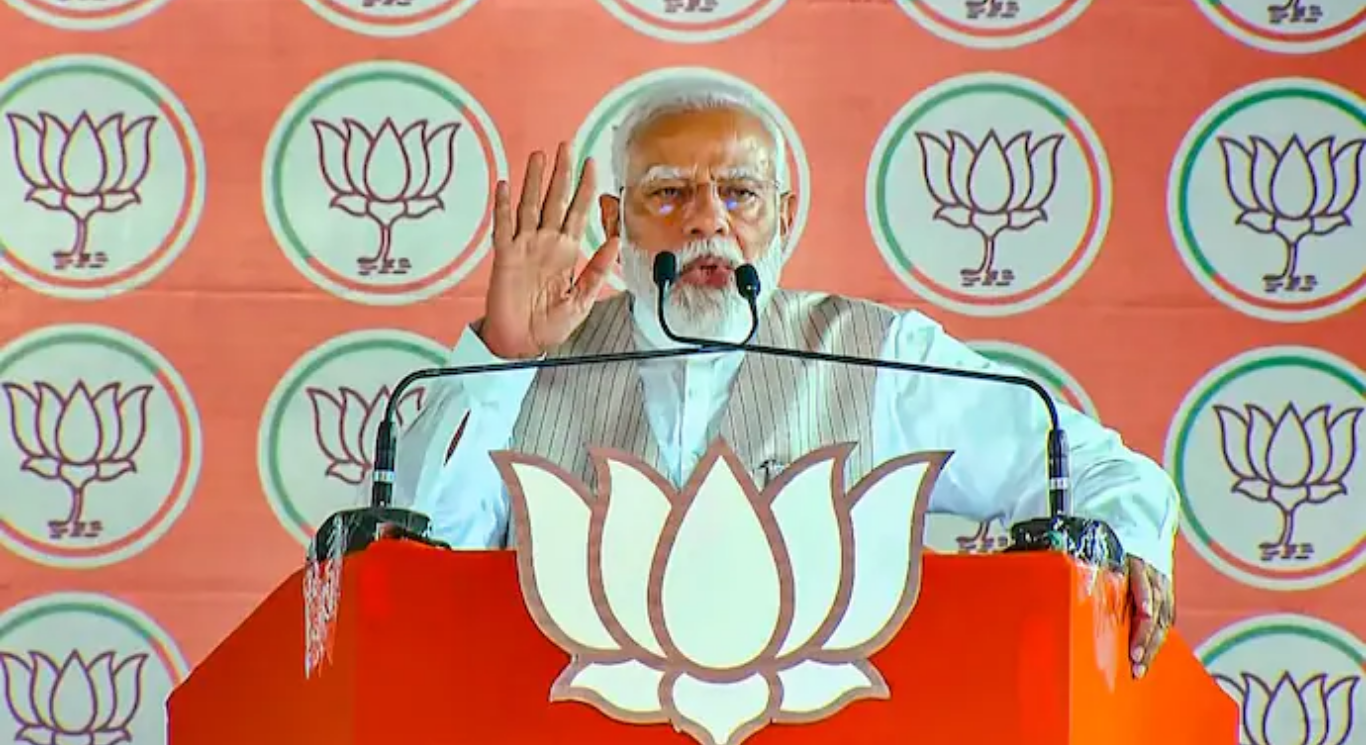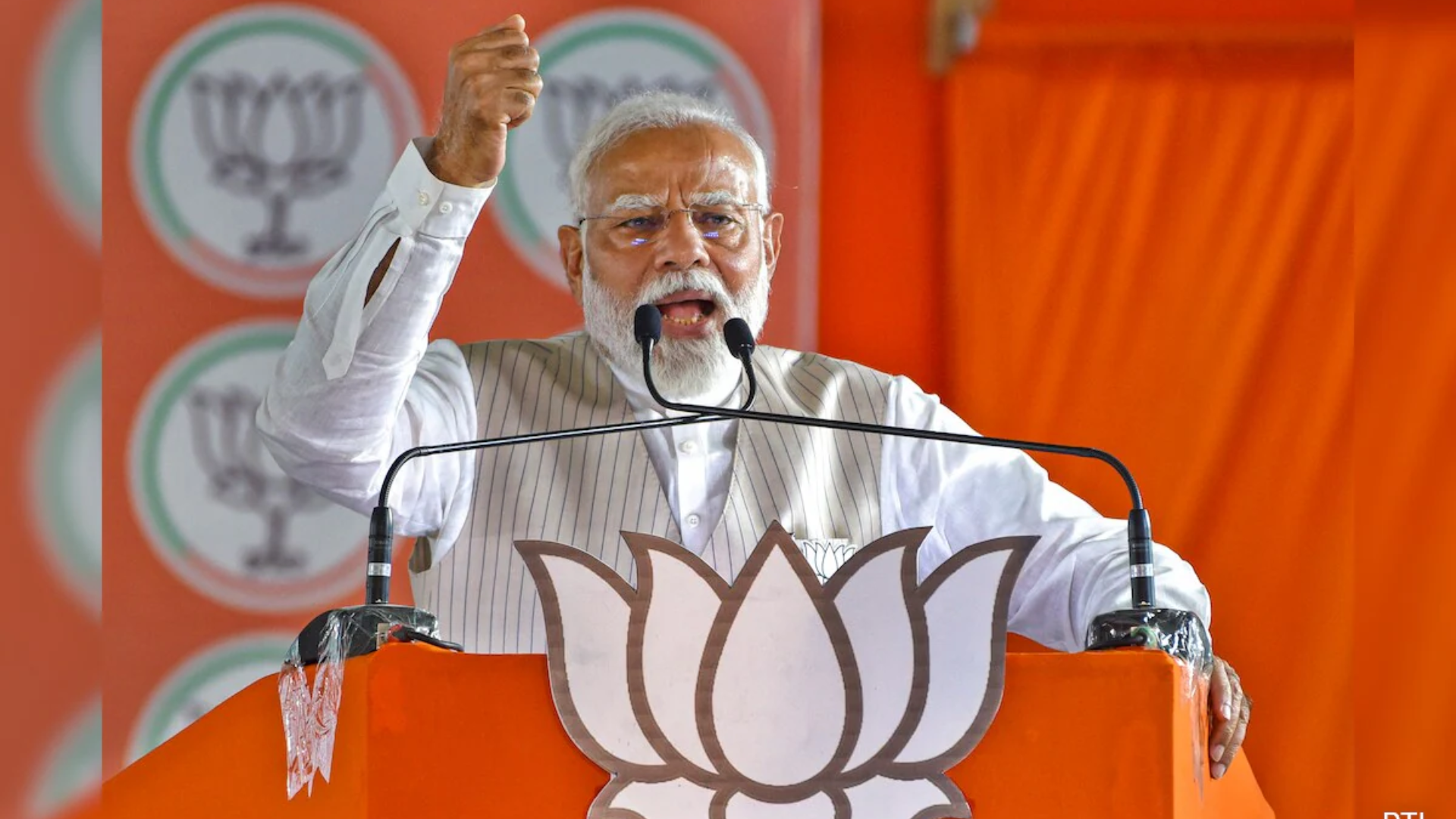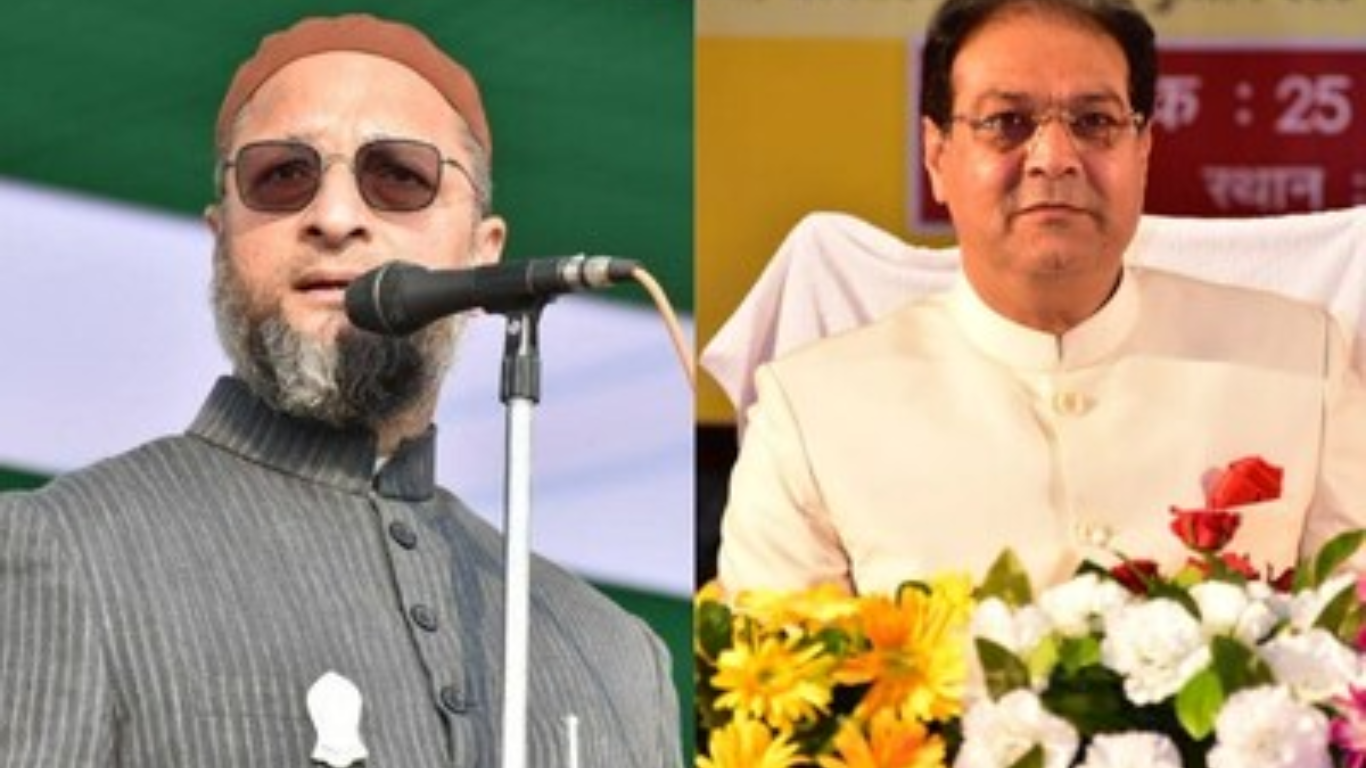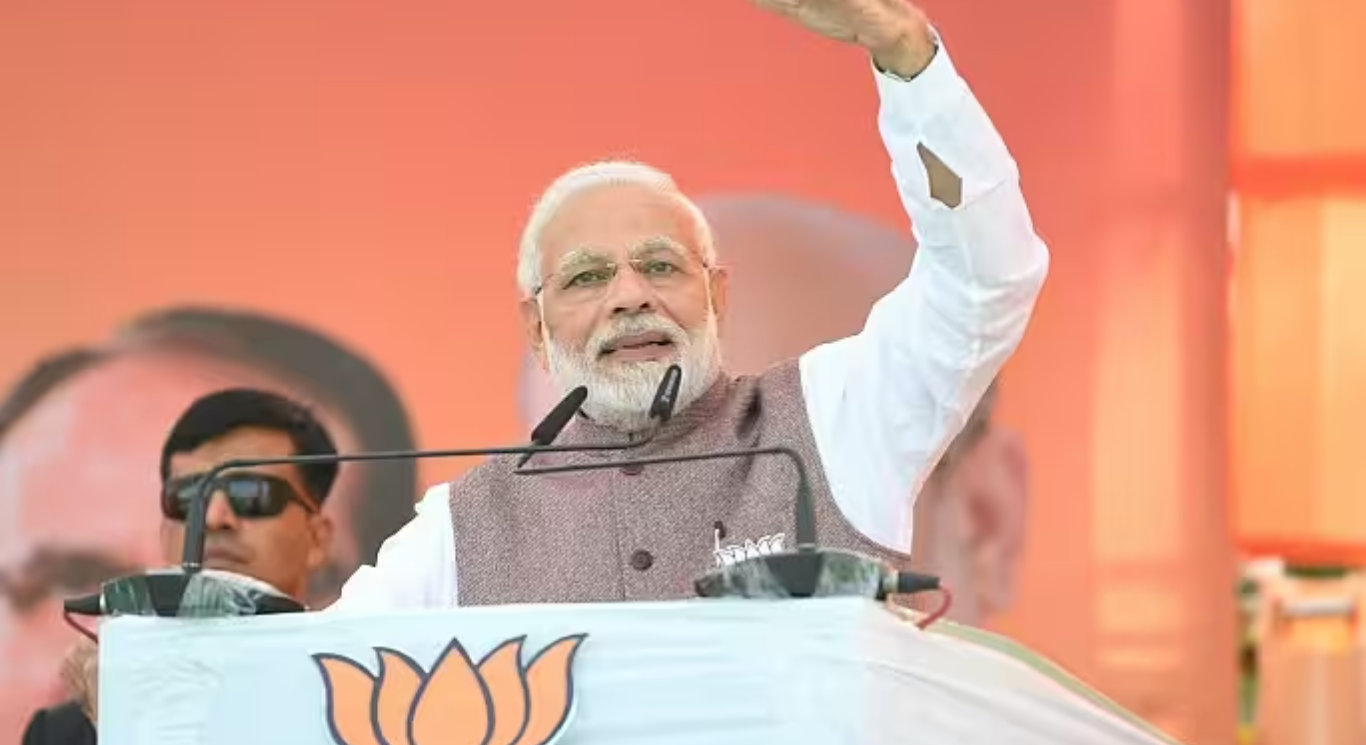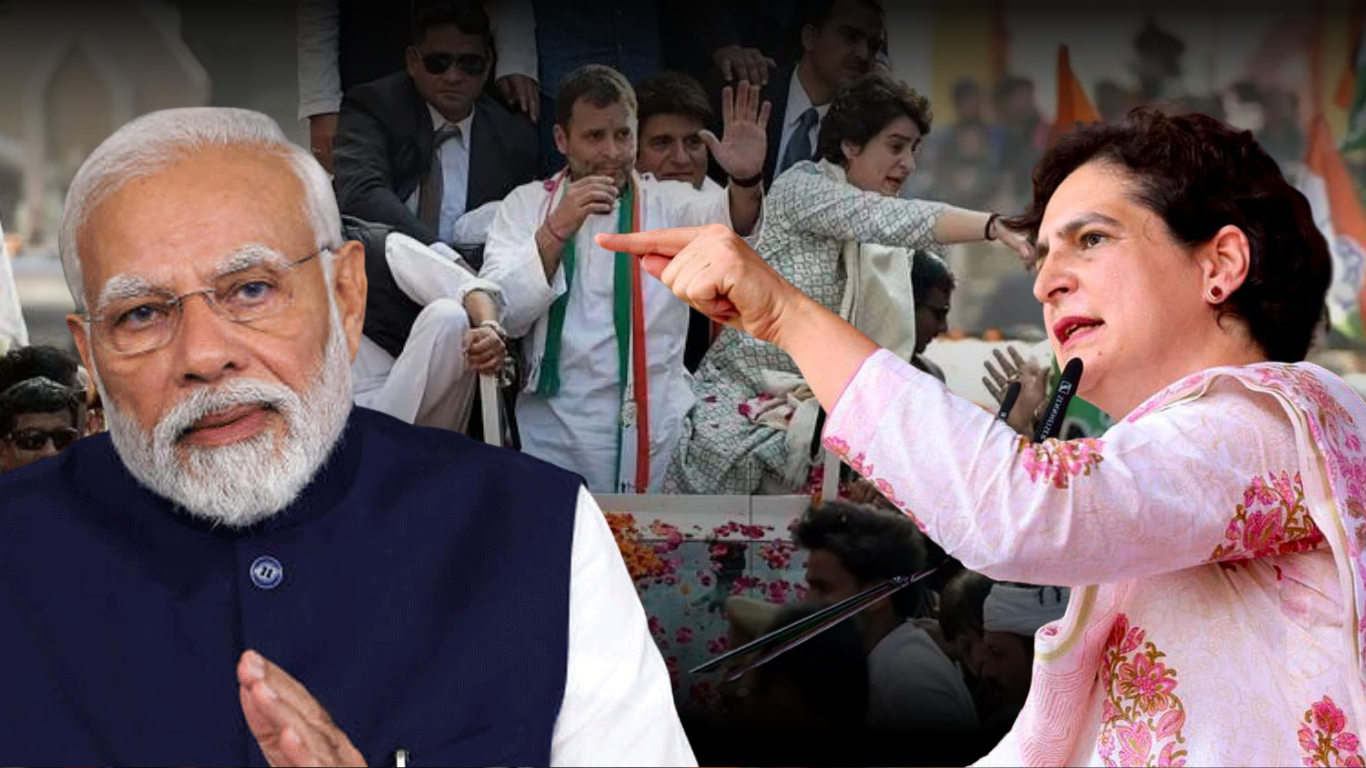


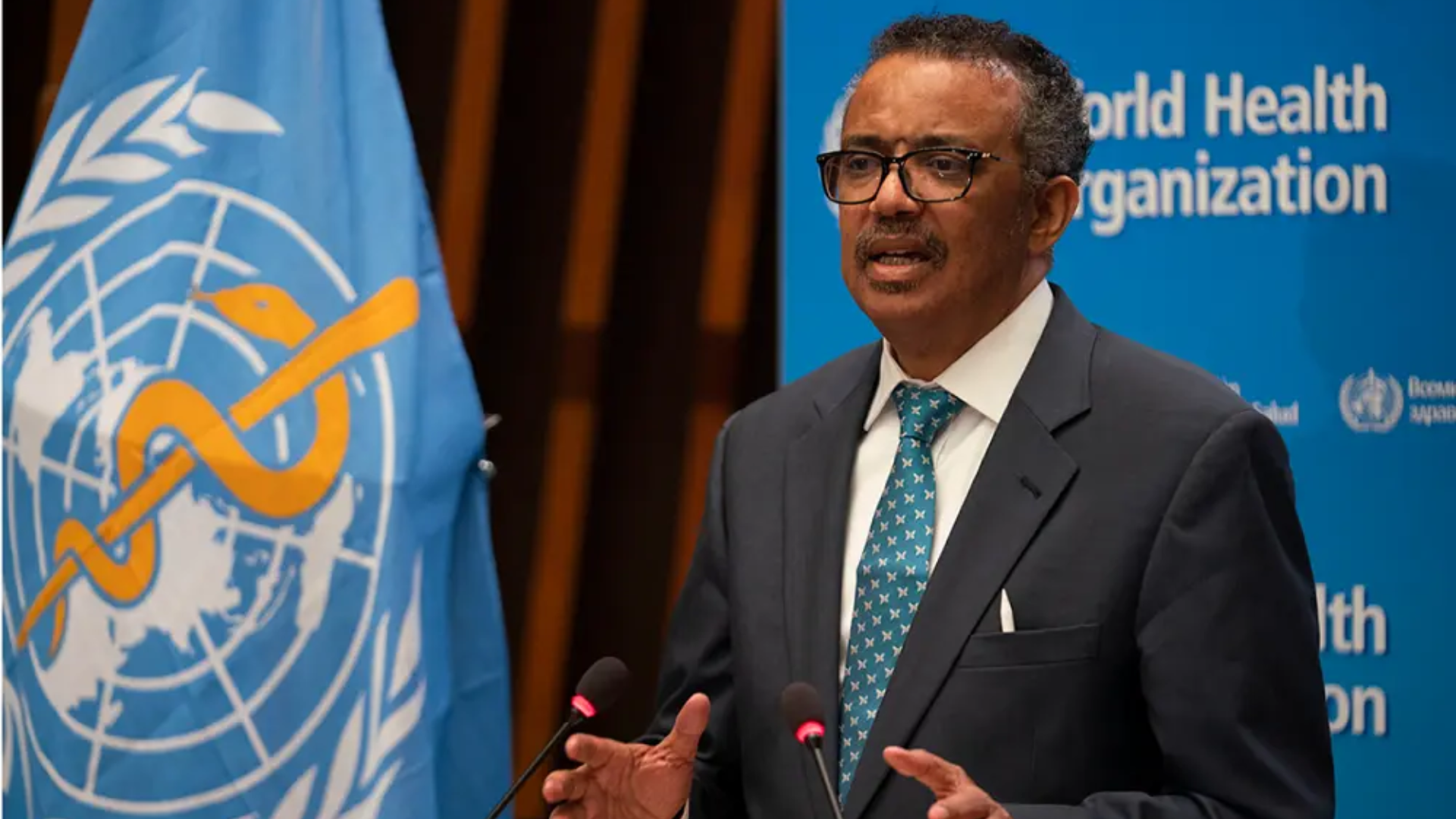
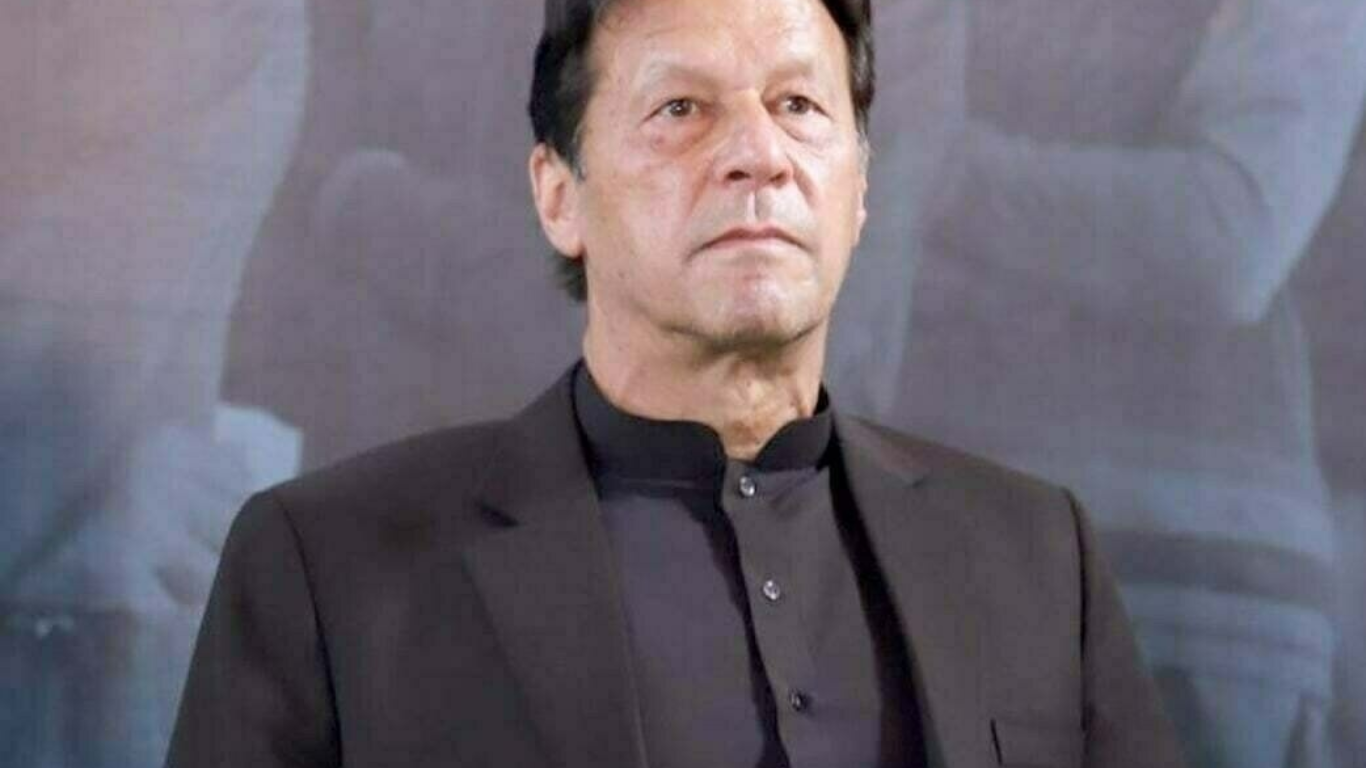
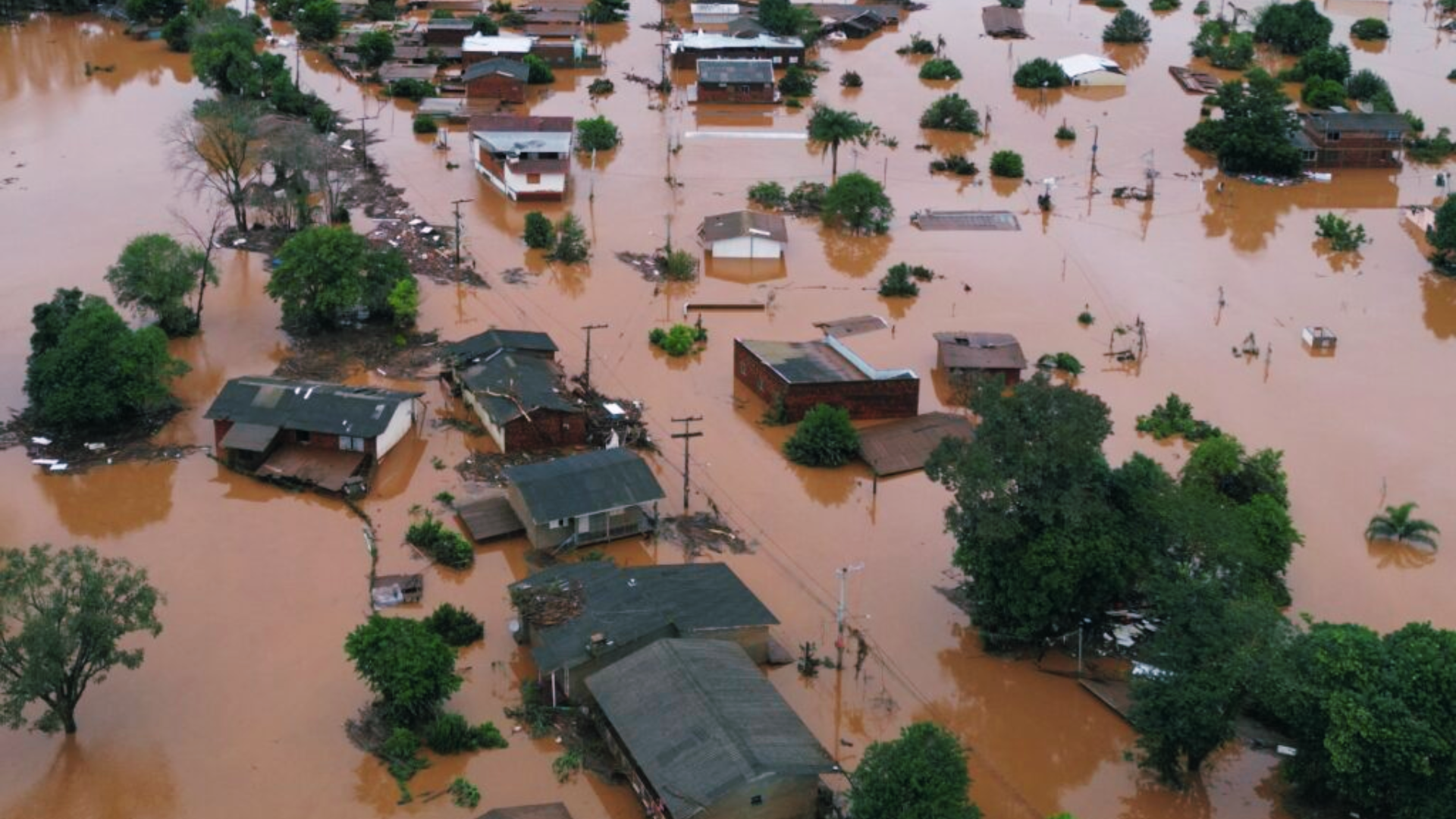
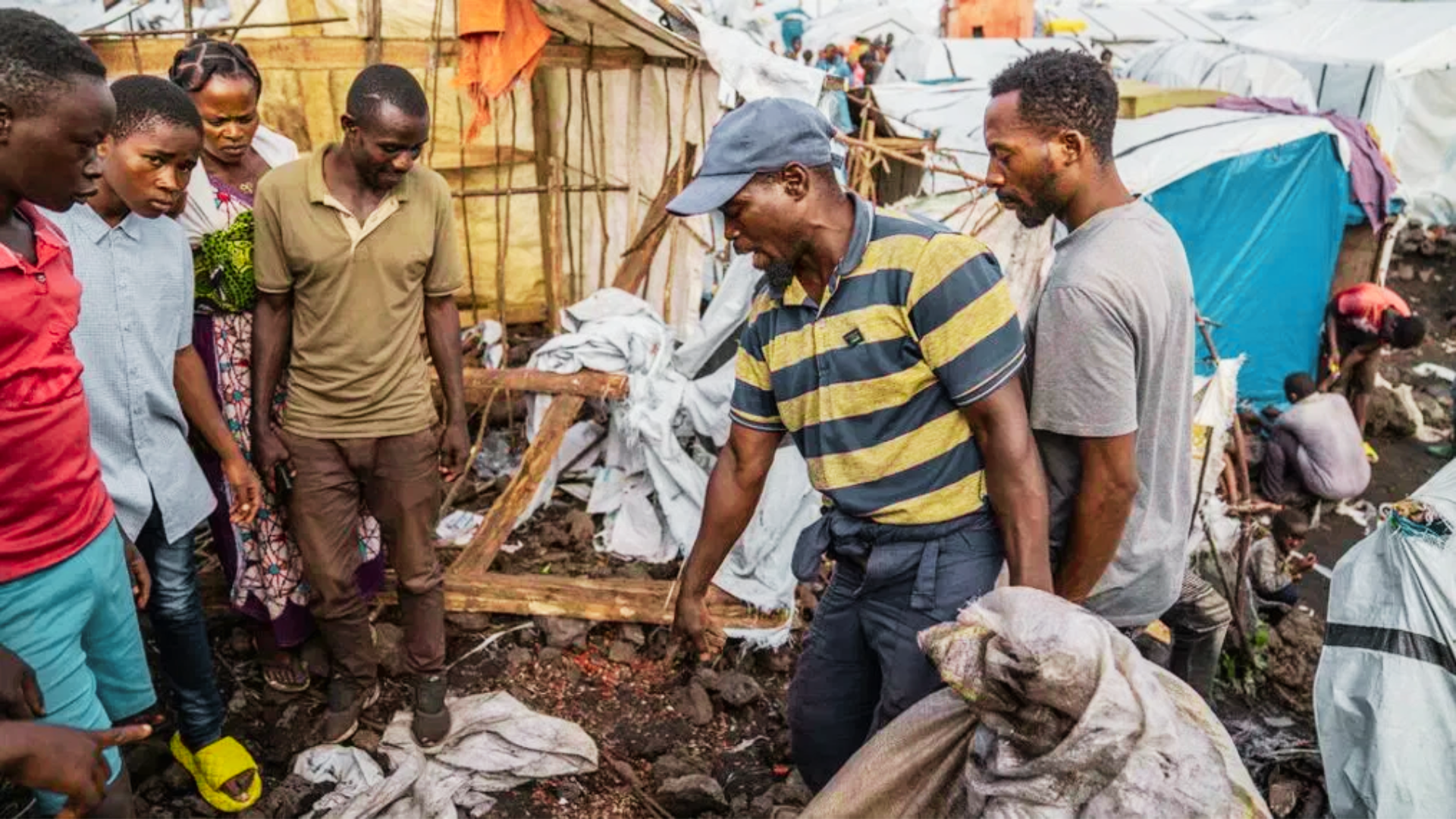

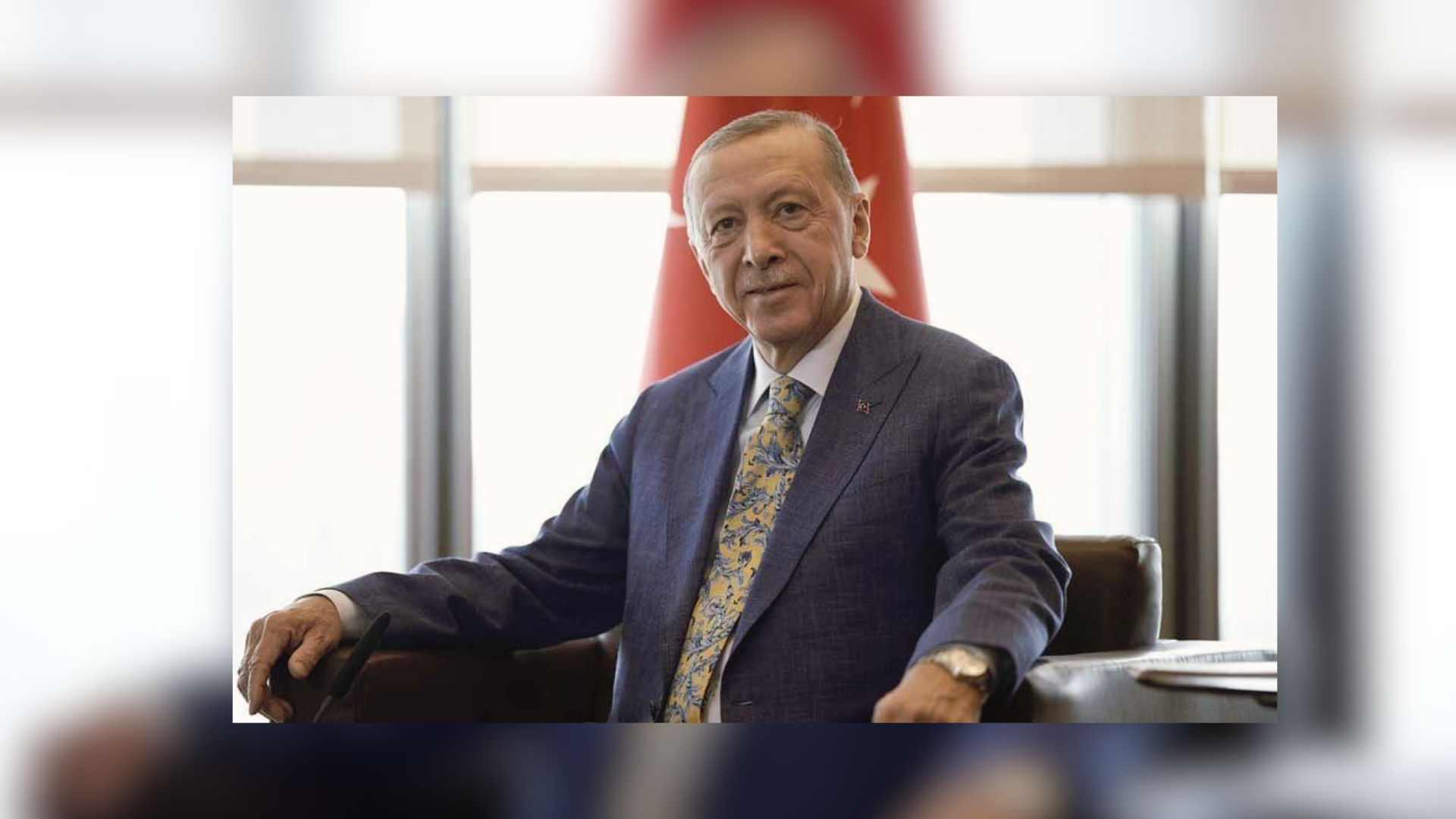


In its first formal response to tensions brought on by China’s military drills after US House Speaker Nancy Pelosi visited Taiwan, India avoided any reference to the “one-China” policy on Friday while opposing unilateral measures to disrupt the status quo in the Taiwan Strait.
The Indian side, which has been engaged in a military standoff with China in the Ladakh sector of the Line of Actual Control (LAC) for more than two years, has so far kept a low profile regarding Pelosi’s visit to the self-governing island, which China views as a breakaway province.
At a weekly media conference, the spokesperson for the External Affairs Ministry, Arindam Bagchi, provided an overview of India’s stance on the matter while avoiding mentioning either China or Taiwan.
“India, like many other nations, is alarmed by recent events. We demand that prudence be used, that unilateral moves to alter the status quo be avoided, that tensions be de-escalated, and that efforts be made to maintain peace and stability in the area, according to Bagchi.
Pelosi’s visit to “China’s Taiwan region,” as well as Beijing’s support from about 170 other nations for the “one-China” principle, were specifically mentioned by a reporter for China’s state-run news agency. The reporter also inquired about India’s position on this matter, but the spokesperson refrained from commenting further.
“The pertinent policies of India are well-known and consistent. No need to reiterate them,” Bagchi said.
In answer to a different question, Bagchi stated that there are currently no intentions for India to remove the 10,000 or so Indians who reside in Taiwan. Although he pointed out that all Indian embassies throughout the world have backup procedures in place for Indian citizens living abroad, he said that no alert has yet been sent in the case of Taiwan.
Nearly every other nation that objected to China’s military exercises in the Taiwan Strait has now accepted the “one-China” stance in their interactions with Beijing. In its response to the tensions in the Taiwan Strait, India is one of the very few nations that has not mentioned the policy.
People with knowledge of the situation claim that since at least 2005, the “one-China” idea hasn’t been mentioned in joint declarations between China and India. When the Chinese president visited India in 2014, the Chinese side last pushed for the concept to be included in a joint statement.
Due to public outrage over China’s practice of providing “stapled visas” to citizens of Jammu and Kashmir and Arunachal Pradesh, portions of which are claimed by China, the Indian side remained non-committal at the time.
In a 2018 report on India-China relations, the parliamentary committee on external affairs noted that while China “does not exhibit the same deference when dealing with India’s sovereignty concerns, be it in the case of Arunachal Pradesh or that of the China-Pakistan Economic Corridor (CPEC) in Pakistan-Occupied Kashmir (PoK), India is overtly cautious about China’s sensitivities while dealing with Taiwan and Tibet.”
Although India and Taiwan do not have diplomatic ties, both countries have maintained representative offices in each other’s capitals since the middle of the 1990s to handle business, trade, investment, cultural, and scientific and technology-related problems.
Also Read: China refuses to allow India and the US to censure the leader of the JeM at the UNSC

